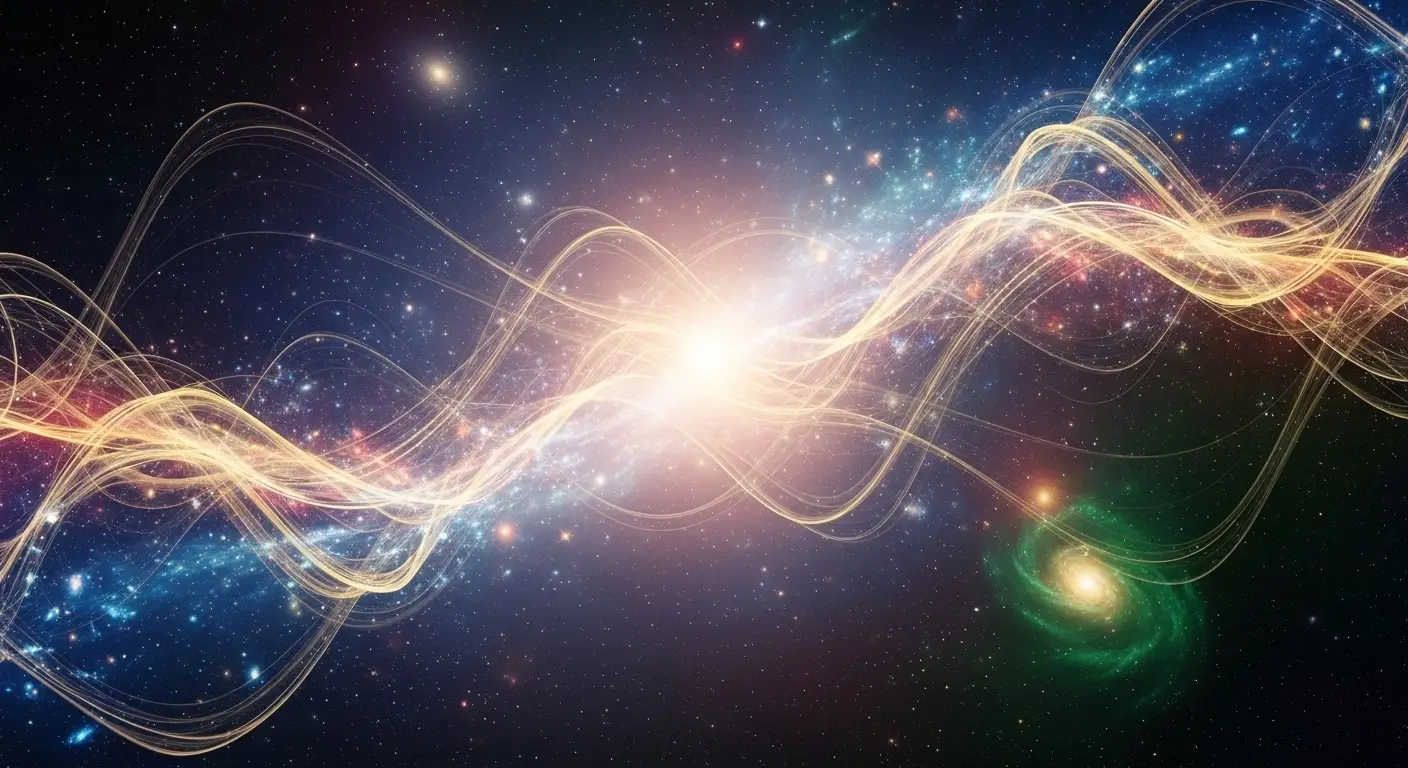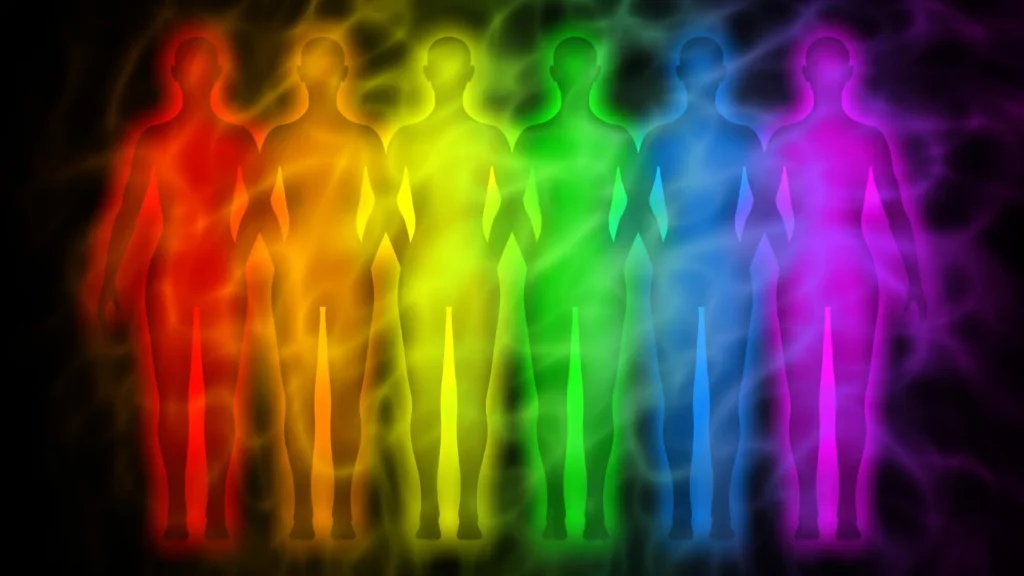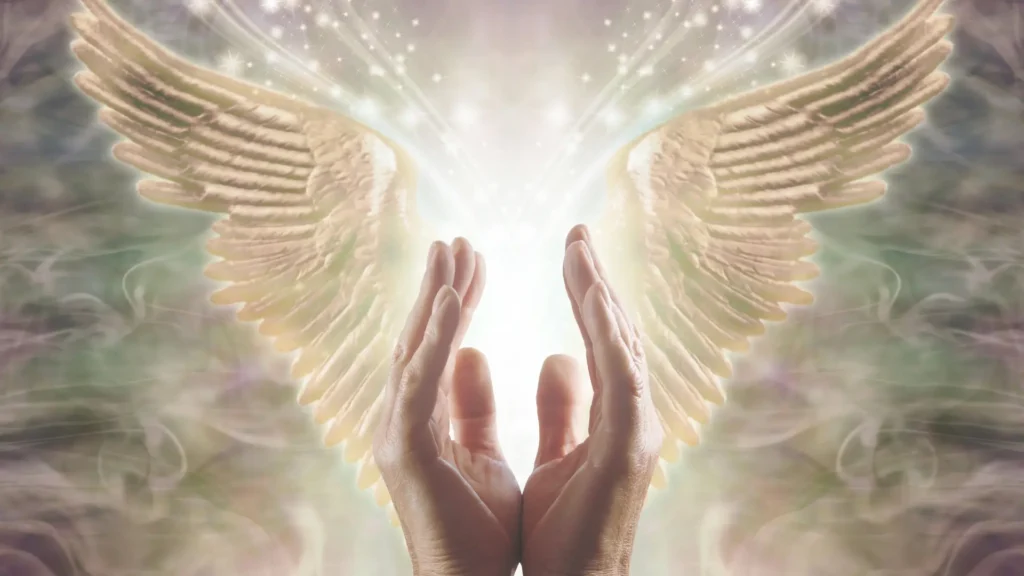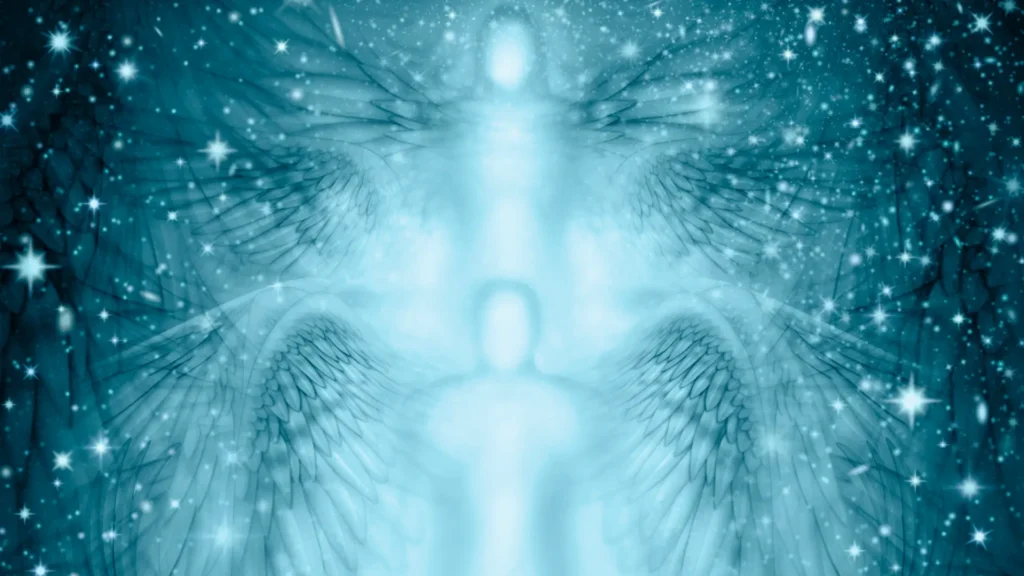The field of energy healing is a diverse ecosystem of systems, each with its own unique philosophy, methodology, and lineage. These systems range from ancient, codified traditions that have been practiced for millennia to modern, innovative methods that integrate scientific principles with energetic work. Understanding the primary categories is the first step in navigating this rich and transformative landscape.
Traditional Codified Systems
These systems are characterized by their deep historical roots and comprehensive, structured frameworks that have been passed down through generations.
- Traditional Chinese Medicine (TCM): An ancient and complete system of health and wellness, TCM is based on balancing the flow of Qi (life force energy) through specific pathways known as meridians. Practices like acupuncture, acupressure, and Qigong are all practical applications of TCM, designed to clear blockages and restore the body’s natural energetic harmony.
- Pranayama: Originating from the yogic traditions of India, Pranayama is the formal science of breath control. It consists of specific breathing techniques designed to cleanse the body’s energy channels (nadis) and manipulate Prana (the yogic term for life force) to achieve specific outcomes, from deep calm to heightened vitality.
Channeled and Attunement-Based Systems
This category includes modalities where the practitioner acts as a conduit or channel for universal life force energy. This ability is typically activated through a process of initiation or attunement from a master teacher.
- Reiki: Perhaps the most well-known energy healing system in the West, Reiki is a Japanese practice where practitioners channel universal life force energy through their hands. By placing their hands on or near the client’s body, they facilitate the flow of energy to areas of need, promoting deep relaxation and stimulating the body’s self-healing mechanisms.
- Pranic Healing: A modern, no-touch system brought to the public by Master Choa Kok Sui, Pranic Healing is a highly systematic approach. It involves scanning the biofield to diagnose energetic imbalances, cleansing stagnant or “diseased” energy, and then energizing the body with fresh prana to accelerate healing.
Somatic and Psycho-Energetic Systems
These are often modern systems that focus intensely on the mind-body connection (soma meaning body), using direct physical experience to release stored trauma and re-pattern the nervous system.
- Body Scan and Release Techniques: This is a broad category of practices that use systematic attention (interoception) to identify and consciously release stored physical tension, which is often the direct manifestation of unresolved emotional stress.
- The Wim Hof Method: A modern system built on three pillars: a specific breathing technique, cold exposure therapy, and mental commitment. It is designed to give practitioners conscious influence over their autonomic nervous system and immune responses, building extreme resilience.
- Psychosomatic Training: My own integrative method, Psychosomatic Training, is a system that combines mind-body meditation, ki energy manipulation, specific breathwork protocols, and trauma-informed visualization. The goal is to develop a high level of interoception, creating a deep connection that allows you to consciously influence your body’s energetic and physiological states for profound self-healing.
Spiritual and Esoteric Systems
These systems are typically aimed at spiritual growth, the exploration of consciousness, and interaction with the deeper, more subtle aspects of reality.
- Kundalini Yoga: A potent form of yoga that uses breath, mantra, mudra, and postures to awaken the dormant Kundalini energy coiled at the base of the spine. The practice is designed to guide this powerful energy up through the chakras, leading to spiritual awakening and expanded states of consciousness.
- Shamanic Healing: An ancient, cross-cultural practice of working with spirit allies and journeying into altered states of consciousness. Shamans interact with the spiritual dimension of illness, often performing practices like soul retrieval to heal deep trauma.
- Ninjutsu and the Godai: A unique martial application of energy work. The Godai (the Japanese five elements: Earth, Water, Fire, Wind, and Void) provides a framework for understanding and balancing one’s energy for purposes of stealth, endurance, and developing an unshakable mind.
Foundational and Intuitive Practices
Some practices are not complete, rigid systems but are either foundational skills that underpin other modalities or are fluid, unstructured approaches.
- Chakra Meditation: This is a practice focused on cleansing, balancing, and opening the body’s seven primary energy centers. It can be a standalone practice for health and well-being or a component of a larger system like Kundalini Yoga.
- Intuitive Healing: This approach is not based on a codified system but on the practitioner’s developed ability to intuitively sense, perceive, and interact with a client’s energy field, applying whatever technique is needed in the moment.
Choosing a System That Resonates
The “best” system is entirely dependent on your personal goals and disposition. If you seek structure and a clear lineage, Reiki or TCM may be appealing. For an intense, body-based experience, the Wim Hof Method or Psychosomatic Training could be a fit. For a path of deep spiritual growth, Kundalini Yoga or Shamanism might call to you. The key is to research, ask questions, and trust your intuition to guide you to the path and practitioner that feel right for you.



